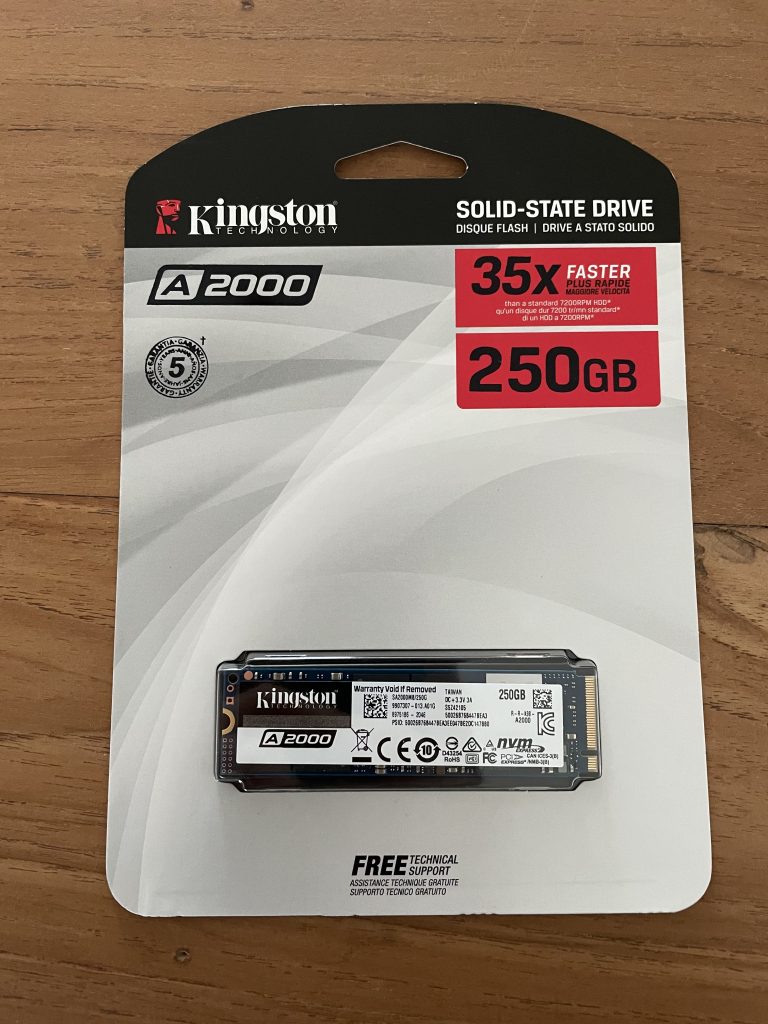Reading the title you must think, “That’s totally unnecessary!“. Well yeah, kinda, hear me out!
TL;DR: It’s faster, more stable and price wise not too bad nowadays.

Homey Pro (Early 2019)
I am a big fan of home automation, from Philips Hue lights to a Nuki Door Lock and much more. In the past few months I tried to combine everything together in one platform with Homey. And although it is a great platform, it was not for me. I use HomeKit for all my automations and on top of that, all of my wireless devices either use Zigbee or my own WiFi. With 95% of Homey not being used, I needed something else.
So then, as every tech enthusiast does, I went online searching for alternatives, which ended up in hours (days?) spent online. As I only need Zigbee, and already use HomeBridge, I looked for something in a small form-factor but stable enough for home automation and this time with an ethernet connection. In my case, a good alternative for Homey was a Raspberry Pi, a Zigbee Receiver and HomeBridge. For comparison:
- Homey Pro, €399,-
- Raspberry Pi 4 Set + Zigbee Receiver +-€100,-
This means that I have a cheaper way of doing the same thing. Unfortunately using a Raspberry Pi with a SD card is not the most stable way, so I looked for external storage. And luckily, the Raspberry Pi 4 now (since end of 2020) officialy supports booting from an external USB device. With prices of SSD’s low enough plus the speed advantages and reliability of them, it was a no brainer to go for an SSD. After reading a great blogpost from Jeff Geerling I decided to go for an NVMe SSD. The NVMe SSD had the same price as the SATA 2,5″ SSD I was looking at (Kingston A400) and in case I repurpose the drive, it’s faster too!
This is what I went for:

- Raspberry Pi 4 (4GB), €59,95
- Official PoE HAT, € 22,95
- Kingston A2000 NVMe, €38,99
- ICY BOX M.2 Case, €39,95
- Aluminium RPI4 Case, €15,95
- ConBee II, €30,-
- Total price: €207,79
It’s not super cheap compared to the Homey Pro I was using, but I will also be using the Raspberry Pi for Pi-Hole and some other applications. On top of the hardware I will be using HomeBridge to expose my Zigbee devices to HomeKit. For automations I will continue to use HomeKit and the Shortcuts app. As soon as all the hardware is in, I will make a step by step guide on how to install it, including some pictures and recommendations.


Jonathan says:
Looking forward to seeing your guide as to how to do this. I have been struggling and found the NMVe to run hot and so slow I can not get beyond the sign up page for home assistant. Grateful for any help based on your project.
2 February 2021 — 4:01 pm
r3mi says:
What kind of NVMe are you using and which enclosure?
2 February 2021 — 4:34 pm